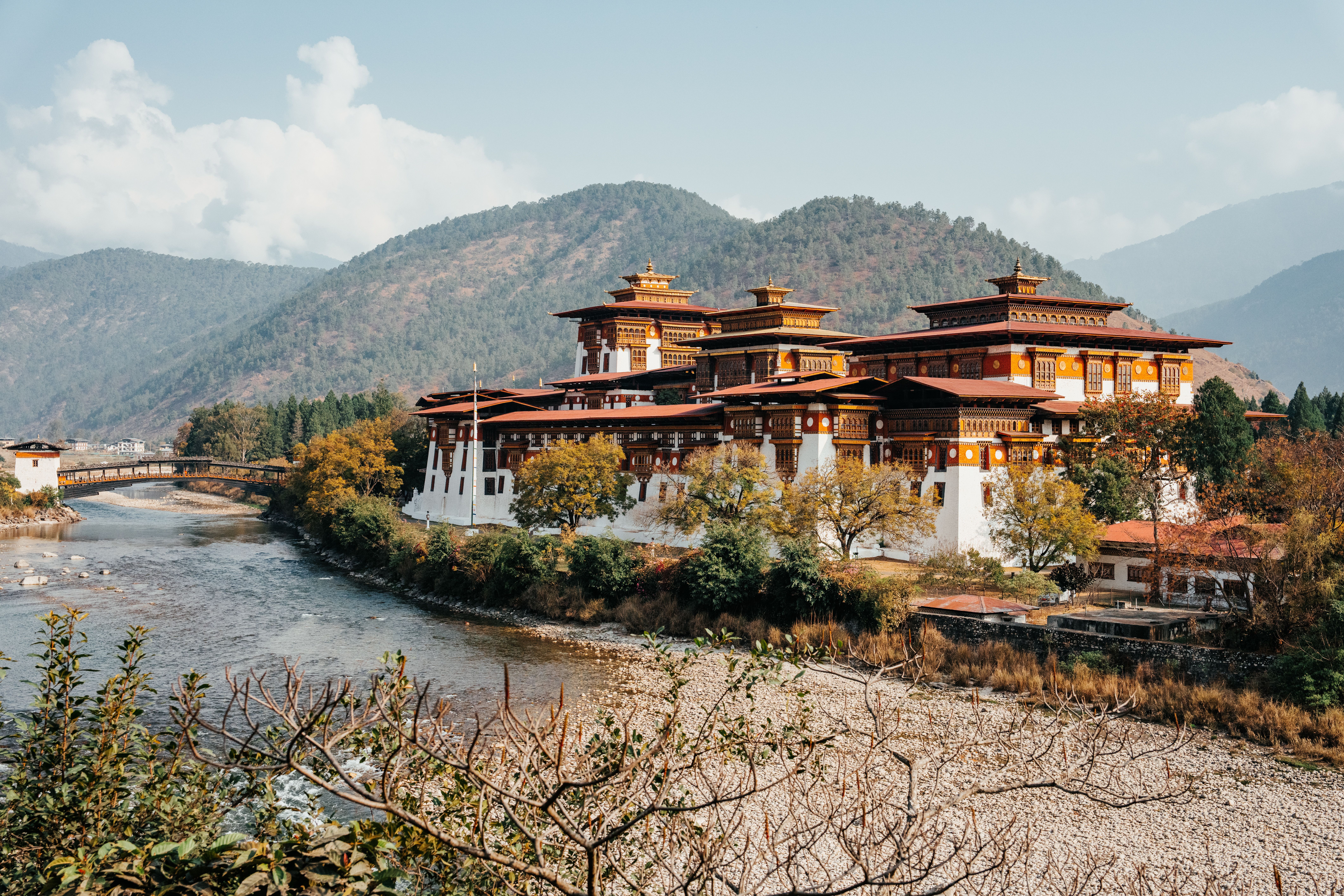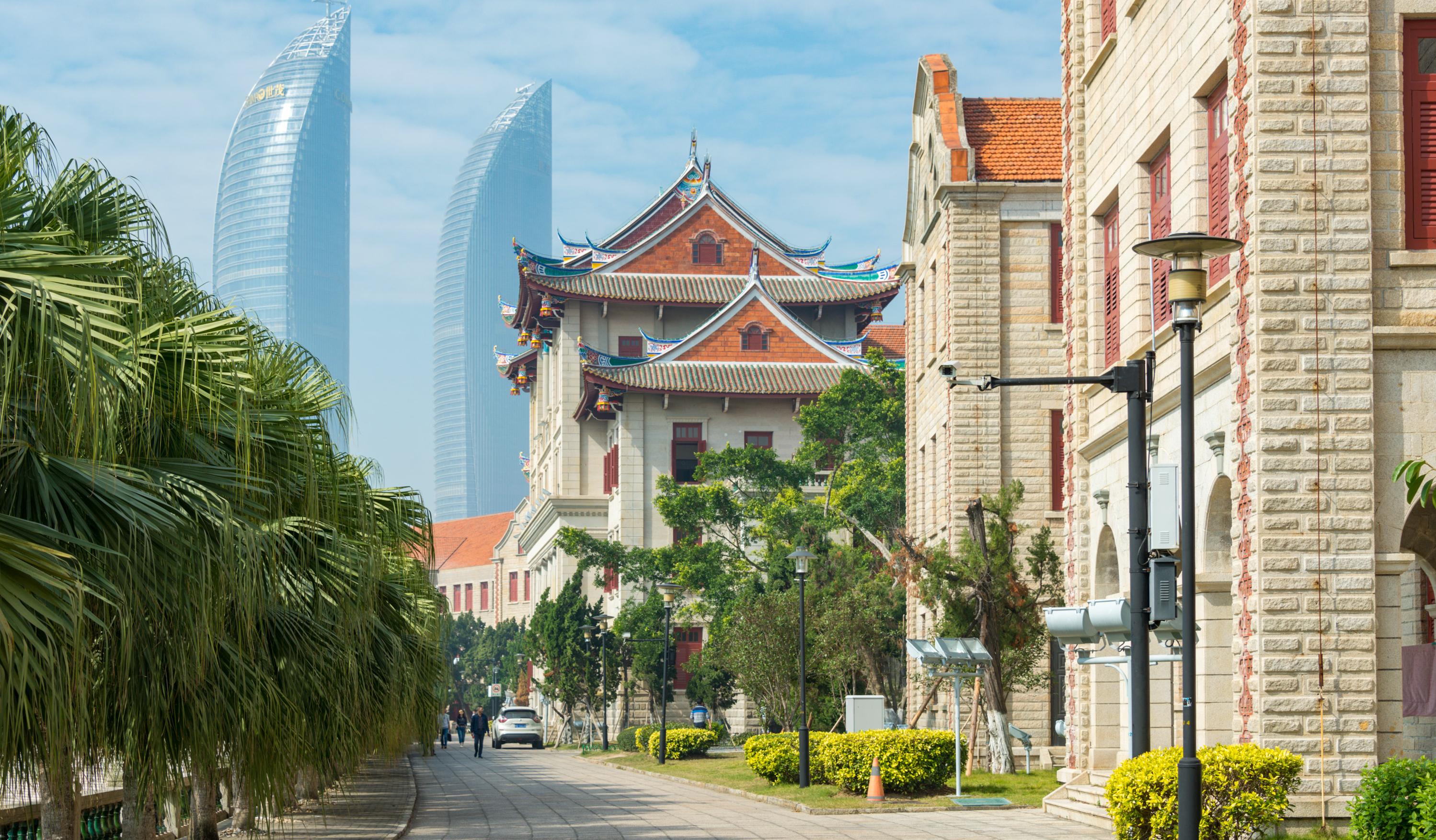21 Countries Where Tourists Are No Longer Welcome
Ever dreamed of exploring the world, only to find some doors are quietly closing? The golden age of boundless travel is facing an unprecedented shift. Nations once rolling out the red carpet are now, surprisingly, saying "enough." This isn't about fleeting restrictions, but a profound re-evaluation of tourism's true cost, from environmental strain to cultural erosion and the impact on local lives. We've delved deep into this evolving landscape, expanding our definitive guide to reveal the most critical trend in modern travel. Prepare to discover 11 countries that are actively saying "no tourists," implementing strict measures to curb visitor numbers, and another 10 that are seriously contemplating similar action. Get ready for a vital look into the destinations leading this quiet revolution, illuminating why some of the world's most cherished places are fundamentally reshaping their welcome, and what it means for your future adventures.
1. Bhutan: The "High-Value, Low-Impact" Pioneer

Bhutan remains the quintessential example of a nation intentionally limiting tourism. Since 1974, its "High-Value, Low-Impact" policy requires most visitors to pay a daily Sustainable Development Fee (SDF), currently $100 USD per person per night (reduced from $200 pre-pandemic). This isn't a ban, but a deliberate price point designed to attract discerning travelers who respect its pristine environment and unique Buddhist culture, ensuring tourism revenue directly funds healthcare, education, and ecological preservation. It's a strategic move to prevent overtourism and maintain authentic cultural integrity.








